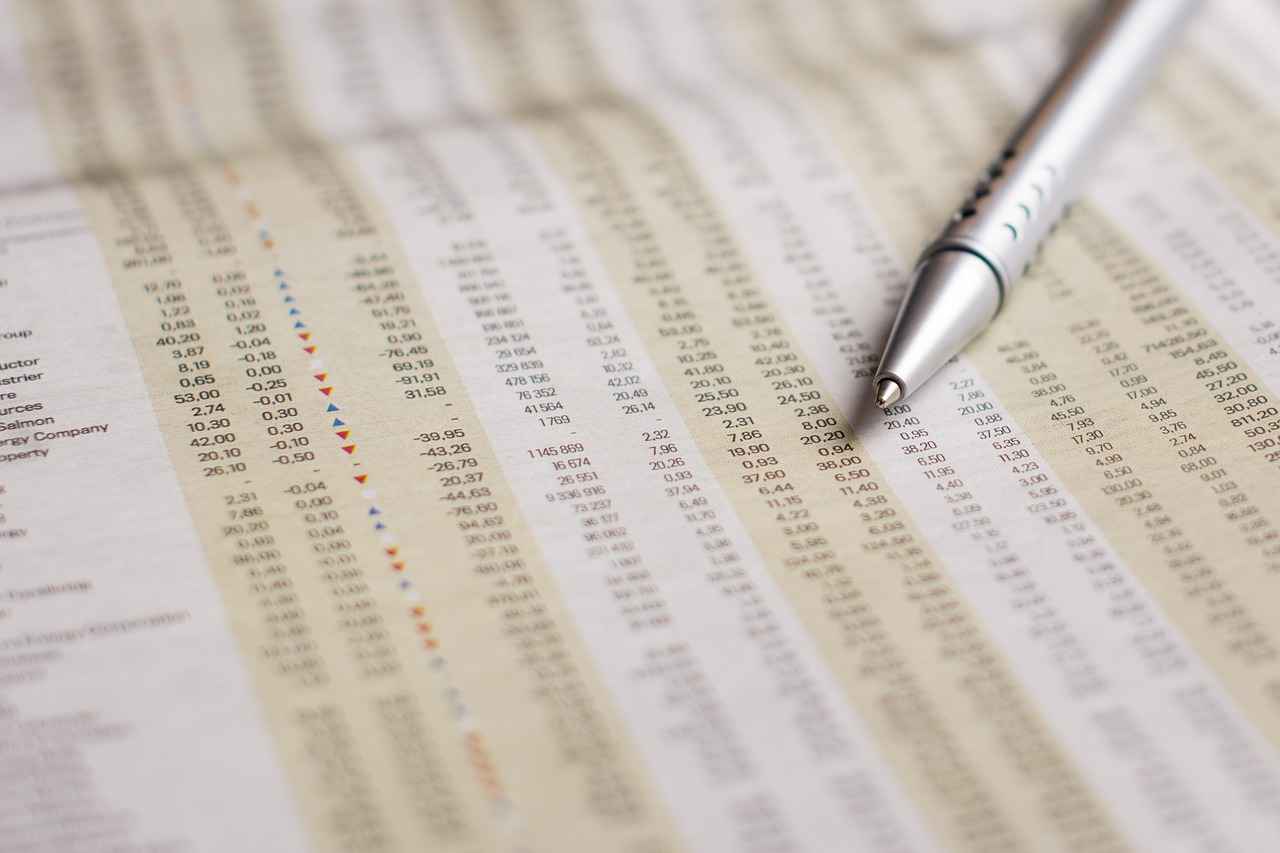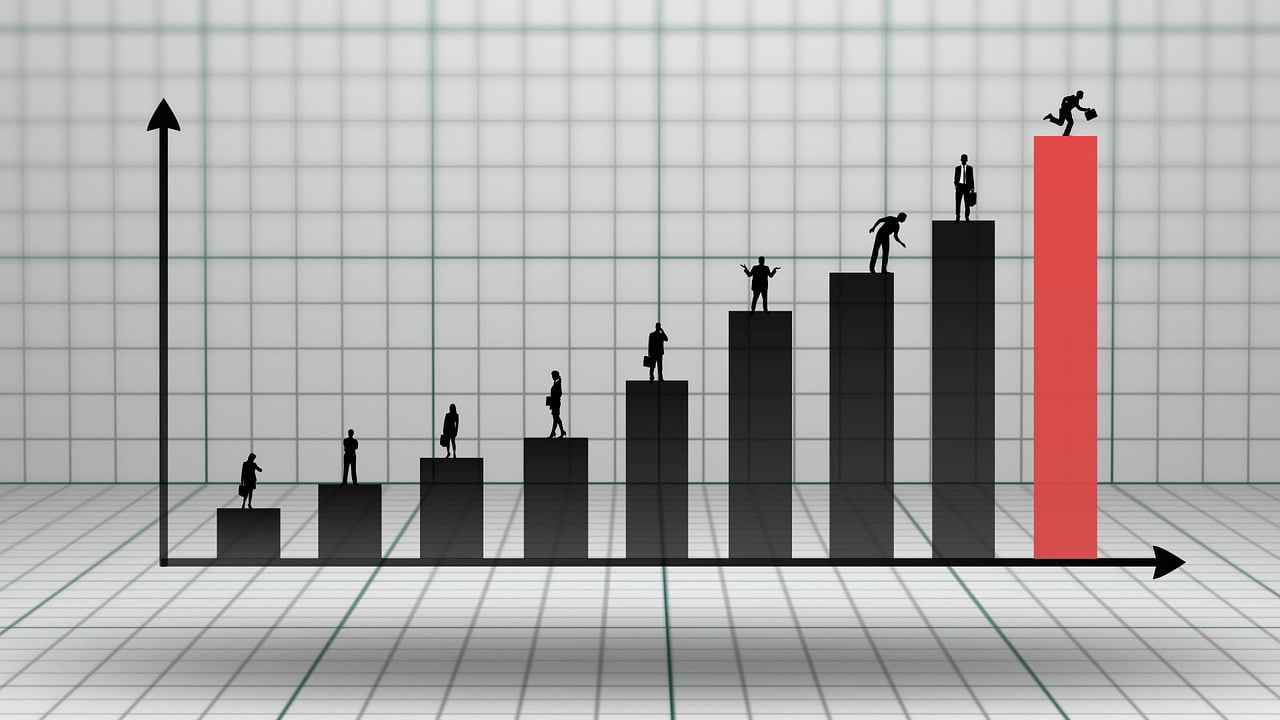Passive and active investing are two paths you can take in the stock market. Since I started in finance, I’ve always sprinkled some active investments into my portfolio. But what’s the right balance between the two?
If you’re solely a passive investor, you can’t outperform the market—expect to track it closely, minus some small fees. However, you’ll save on the bigger fees that active funds often charge, and you’ll certainly do better than those who don’t invest at all.
Active investing, on the other hand, gives you a shot at beating the market. It’s tempting because you can invest in companies you believe in or even try to discover the next big thing. However, be warned: the majority of active investors don’t outperform the market in the long run.
Let me tell you about a personal experience. I once made a killing on a Chinese internet stock, which helped me put a down payment on a property in San Francisco. This investment exploded from $3,000 to $150,000 in just six months, allowing me to purchase a property that now brings in $4,400 monthly in rent. However, for every story like this, there are countless others where active investments can go south.
Currently, I’m placing bets on private AI companies because I believe in the technology’s future impact. I’m actively investing through an open-ended fund that requires only a $10 minimum investment, aiming to expose around $500,000 to this sector in the next few years.
The reality is, most active investors struggle to consistently outperform over the long term. That’s why about half of all managed funds still underperform their benchmarks.
Despite the odds, hope springs eternal, amplified by social media where every success story seems to promise that you too can strike it rich. It’s this hope, along with a good dose of irrational exuberance, that keeps the active investment dream alive.
Now, let’s talk about the right split between passive and active investing, tailored to different types of investors:
1. 100% Passive / 0% Active: Ideal if you prefer steady, reliable growth without the risks of trying to outperform the market. This is perfect for those who value financial peace, like retirees or busy professionals who’d rather focus on their careers or families than the stock market.
2. 75% Passive / 25% Active: Suitable for those who are a bit more comfortable with risk and are keen on potentially speeding up their wealth accumulation. You might have a background in finance or economics, or simply enjoy keeping up with the markets and believe you can make informed investment choices.
3. 50% Passive / 50% Active: This is the maximum active investment I’d recommend and is best for professional investors or those deeply passionate about stock market investing. If you live and breathe market trends and financial news, this might be for you.
4. >50% Active, <50% Passive: You’re likely a professional fund manager or a seasoned investor who is deeply involved in the market. This level of active investing requires a significant commitment and a proven track record of success.
For most of us, a mix skewed towards passive investing makes sense. For example, with a $1,000,000 investment portfolio, putting $900,000 in passive index funds and $100,000 in active investments balances potential gains with a safety net.
Always remember, investing is a marathon, not a sprint. Whether you choose to invest actively, passively, or a mix of both, the key is consistent, informed decision-making that aligns with your financial goals and risk tolerance.












































